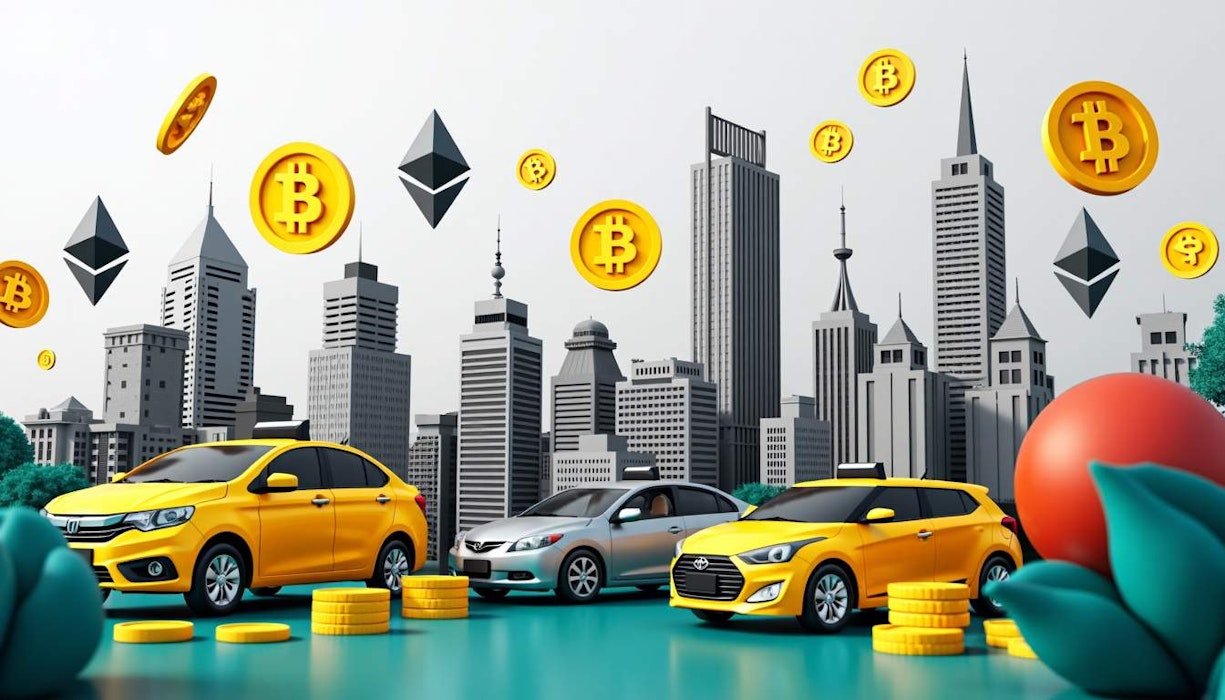Introduction to inDrive's Expansion
There's this ride-hailing company called inDrive that's shaking things up big time. They're launching in Zimbabwe and using a "name your price" model that lets passengers negotiate fares with drivers. This isn't just about getting a good deal; it's about making transport affordable and fair in a country where economic challenges are the norm. But here's the kicker: could their approach also serve as a blueprint for the often chaotic world of digital currencies?
The "Name Your Price" Model Explained
Okay, let's break down how this works. Passengers suggest a fare, drivers can accept or counteroffer, and everyone gets to haggle a bit like it's market day. It's pretty revolutionary, especially since traditional ride-hailing companies have fixed prices that aren't always friendly to either party. But here's where it gets tricky: inDrive's model might lead to crazy price fluctuations, especially in an economy that's hyperinflating.
Pricing Volatility
Imagine trying to budget for rides when prices can change by the minute! This kind of system could make it tough for both drivers and riders to know what to expect.
Consumer Behavior
And get this: consumers might alter their spending habits on a dime when faced with rapidly changing prices. Passengers could just wait until fares drop, leaving drivers hanging.
Driver Incentives
Speaking of drivers, they might not stick around if they're not getting paid enough to cover rising costs. In such an economy, they might demand better terms!
Technological and Operational Challenges
Setting up this kind of system isn't easy either; it requires some serious tech infrastructure.
Regulatory Considerations
Plus, who knows what regulators will do? They might step in to impose price controls that completely wreck the model.
Impact on Local Communities and Economy
But let's not throw out the baby with the bathwater here. There are real benefits for communities facing economic hardship. By allowing fair negotiations, inDrive is actually helping both drivers and passengers come out ahead—at least compared to other options.
Economic Benefits for Drivers and Passengers
Drivers get better rates than they would from traditional companies (who take huge cuts), while passengers enjoy lower costs.
Adaptation Strategies in Unstable Regions
And don't forget how smartly they've adapted! They've diversified their services into cargo transport and deliveries—basically anything that helps people move goods or themselves around is fair game.
Lessons for Digital Currency Platforms
So what does all this mean for crypto? Well, there are definitely some takeaways here!
Potential Applications of the Model in Crypto Exchanges
For one thing, dynamic pricing models could work wonders at exchanges where volatility is king (or queen).
Risks and Benefits of Adopting Similar Strategies
Sure there are risks—like insane price swings—but there are also opportunities if you can manage those risks effectively!
Summary
inDrive's entry into Zimbabwe isn't just another expansion; it's an interesting case study on pricing models under extreme conditions. While challenges abound—from potential driver discontent to regulatory headaches—the benefits seem substantial enough that they're worth considering even outside traditional industries like ride-hailing.
